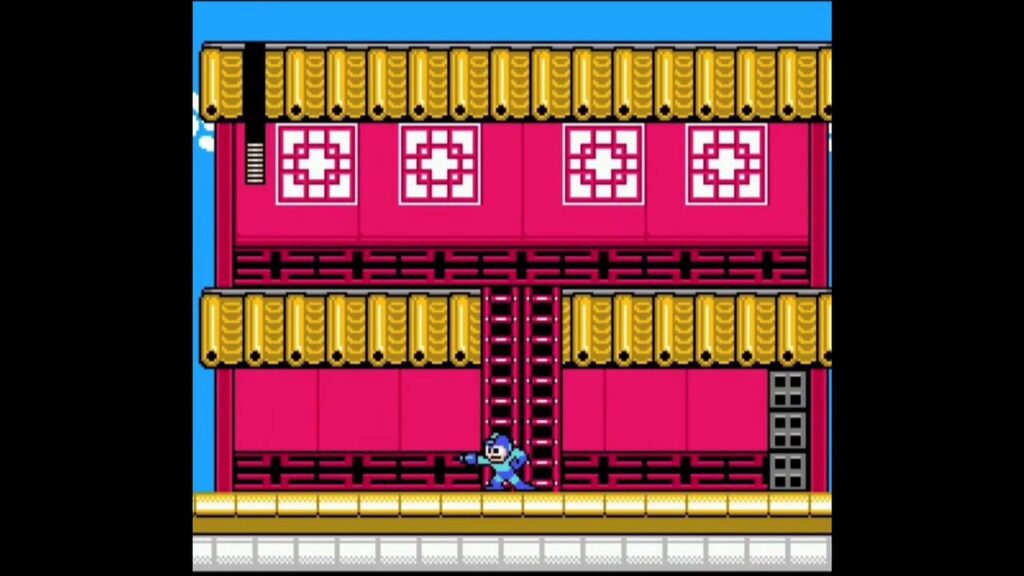The Marvels of Origami: A Physics and Art Form
Summary
Robert J. Lang, an advanced origami artist and physicist, discusses the five levels of origami, demonstrating the process with examples of traditional Japanese art and modern engineering designs. Lang delves into the mathematical structures behind origami and the potential for folding machines to create complex structures. His talk emphasizes the real-world applications of origami in engineering, and the importance of studying this art and its mechanisms for current and future generations of mathematicians and engineers.
Table of Contents
- The Five Levels of Origami
- Traditional Japanese Art and Tessellation
- Real-World Applications in Engineering
- The Future of Origami and Mechanisms
Introduction
Origami has been around for centuries and is believed to have originated in Japan. However, the process of folding paper has come a long way since then. Robert J. Lang, a physicist, and world-renowned origami artist, describe the levels or tiers of origami and the real-world examples where the advancement in this art has transformed engineering, physics, and design.
Q&A
The Five Levels of Origami
Q: What is the different tier of Origami and where would I start?
A: The five different levels of origami are: beginner, intermediate, advanced, super-complex, and origami tessellations. Beginners should start with the basics, which includes creating 2D origami animals and shapes like a crane, frog, boat, etc. Intermediate origami involves creating 3D objects like boxes, flowers, and birds, while advanced origami incorporates complex folds and many raw edges into the design. Super complex origami represents the highest achievement requiring both advanced level folds and intricate, often geometric designs ending in a complex 3D figure. Finally, origami tessellations expand beyond 3D figures and involve repetitive geometric shapes to make intricate designs.
Q: What is the origami circle-packing technique?
A: Origami circle-packing uses the principle of counting the number of legs and wings required for a design. This enables one to design a model based on the number of legs needed. The technique allows a designer to take the simple and create something with more complexity, from flat paper to a 3D masterpiece.
Traditional Japanese Art and Tessellation
Q: What is traditional Japanese origami?
A: Traditional Japanese origami involves using an uncut square of paper and folding it into various designs such as cranes, boats, or flowers. Paper folding is an essential part of Japanese culture and has been around for centuries. These designs are often passed from generation to generation.
Q: What is tessellation origami?
A: Tessellation origami involves creating abstract or geometric patterns by folding a single sheet of paper repeatedly. The folds create the illusion of multiple shapes or objects without any cuts or glue.
Q: How does tessellation differ from traditional origami?
A: Unlike traditional origami, tessellation uses repetitive folding patterns to create designs without cutting or sticking the paper together.
Real-World Applications in Engineering
Q: How is origami being used in real-world applications?
A: Origami has been used in a variety of engineering solutions, such as creating space mechanisms, solar arrays, drill protection sleeves, and other innovative designs. Origami can be used to pack objects compactly and expand them when necessary, making it an ideal choice for engineering designs. Origami can also transition objects between two or three-dimensional states, which is useful in creating deployable structures for space missions.
Q: Are there any non-paper materials used in origami?
A: Yes, non-paper materials like epoxy-impregnated aramid fiber are used, particularly in modern engineering applications.
The Future of Origami and Mechanisms
Q: What is the potential for machines to fold origami patterns and create structures out of flat sheets of paper?
A: The potential is significant, machines can speed up production, help to create new cellular structures with bistable properties useful for mechanics, and provide new uses for origami techniques in the engineering structures of today.
Q: What is the mathematical structure behind origami?
A: The mathematical structure behind origami can provide insight into the folding mechanics of the art form. If this can be tied to engineering problems, it could lead to exciting breakthroughs in the field. Interdisciplinary work between mathematicians and engineers can help go one step further in innovation.
Conclusion
Origami is a fascinating art form that combines art, mathematics, and physics. The applications of origami are boundless, from traditional cranes to modern engineering designs such as packaging, deployable structures, navigational aids, and surgical implants. With the advancement of foldable machines, the potential applications of origami engineering and mechanisms into the universe become infinite. Origami is a tool that helps us to understand the fundamental principles of mechanics and how we can apply them when designing functional, innovative, and efficient engineering solutions. The future of origami is bright, and we can eagerly anticipate how our creative and pragmatic focus will transform the world in the upcoming years.







